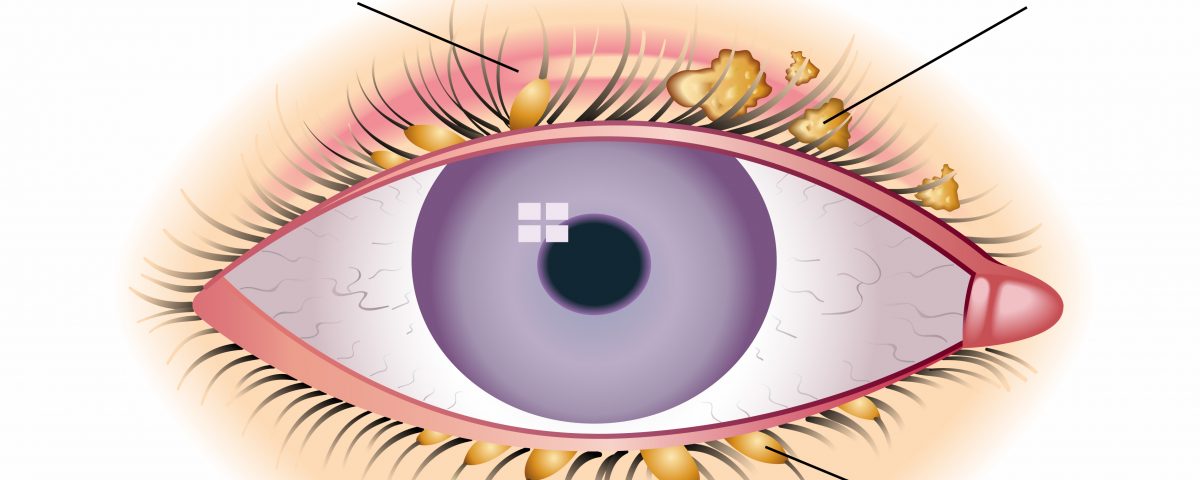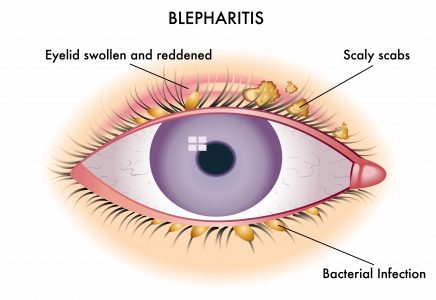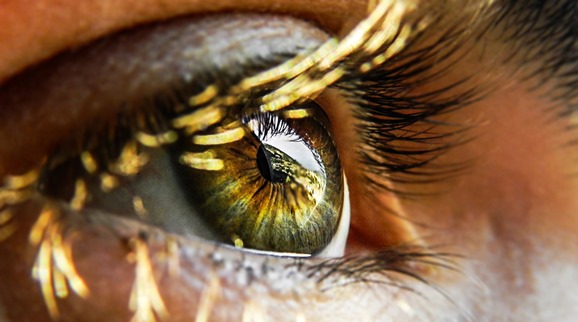Dr. Colton Heinrich, OD, of Clarke EyeCare Center in Wichita Falls, TX is sympathetic to patients who complain of these symptoms. “Blepharitis/MGD can result in itching, burning, and foreign body sensation, and for patients with KC, the last thing we want them to do is to rub their eyes.”
Lid hygiene is essential for management of blepharitis, and even more important to patients who might further aggravate KC by eye rubbing. Dr. Heinrich reports, “When managing patients with KC, it is important not to forget proper lid hygiene to improve their comfort and to warn against eye rubbing. Typically, I recommend patients perform warm compresses twice a day for at least 10 minutes, followed by lid scrubs. Lid scrubs can be performed with commercially available products like OCuSOFT or Systane, or mild baby shampoo and a warm wash cloth.”
Advanced cases may require medication, but for many, effective treatment for blepharitis can be simple to perform, and lack of treatment will increase eye discomfort and may result in progression of KC. Talk to your eye doctor if you believe you have symptoms of blepharitis/MGD.
 Dr. Colton Heinrich, OD, FAAO, FSLS specializes in fitting specialty contact lenses for his patients at the Clarke EyeCare in Wichita Falls, TX.
Dr. Colton Heinrich, OD, FAAO, FSLS specializes in fitting specialty contact lenses for his patients at the Clarke EyeCare in Wichita Falls, TX.





 Dr. Colton Heinrich, OD, FAAO, FSLS specializes in fitting specialty contact lenses for his patients at the Clarke EyeCare in Wichita Falls, TX.
Dr. Colton Heinrich, OD, FAAO, FSLS specializes in fitting specialty contact lenses for his patients at the Clarke EyeCare in Wichita Falls, TX.
